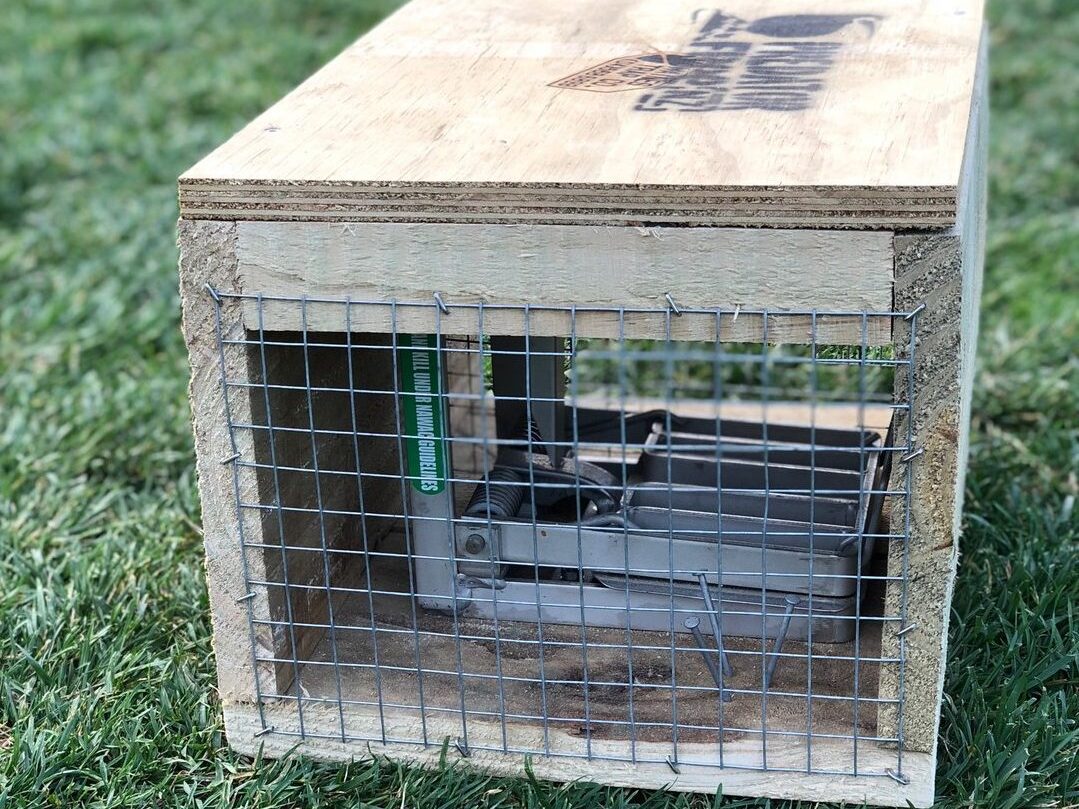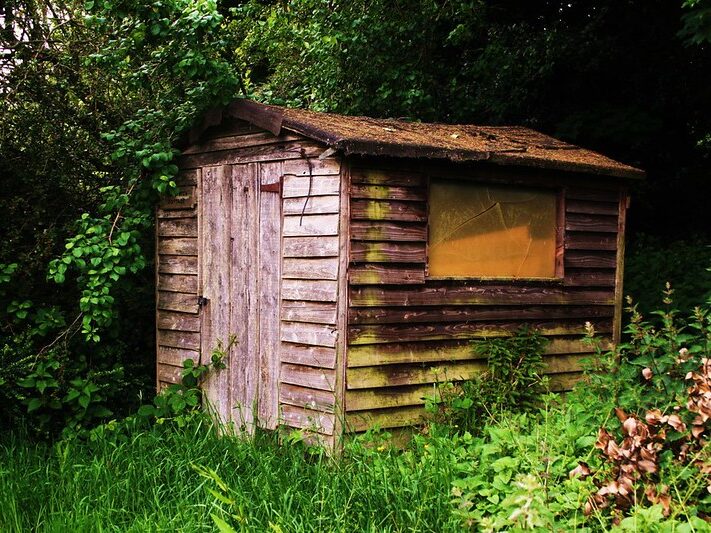ON THIS PAGE
Density
As a rule of thumb, a least two devices per ha will be required for combined rat, possum and stoat suppression. Preferably these should include a mix of different trap types with some periodic use of bait stations.
Because the scale of lifestyle blocks is often smaller (2–10ha), the risk of reinvasion from untreated adjoining lands is so much higher.
The counter to this that it is possible to install more devices and to check them more regularly, increasing their effectiveness. By doing the work themselves, interested landowners can save on labour costs.

Buildings and sheds
Rodent control in sheds and buildings is more device-intense and should be considered differently to wider landscape pest control. Devices should be installed at a rate of at least two per shed or one per 20m2, again consider using a mix of different traps and bait stations.

The April to September period is the most important for rodent control in sheds and buildings, as the colder weather drives them to seek shelter.
In terms of labour, a landowner on a typical 4ha block with 15–20 devices across the landscape and in sheds, could check these in under an hour. That would allow significant pest suppression for an input of just 2 or 3 hours (2 or 3 checks) per week.
For more information on predator control specific to your area, we recommend that you contact a predator control expert, your regional council or local DOC office.
For more information
For more information on predator control specific to your area, we recommend that you contact a predator control expert, your regional council or local DOC office.
For information on what you can do to take your trapping to the next level, download a Predator Control Annual Calendar (PDF, 102KB) or buy an A2 print from our shop.

